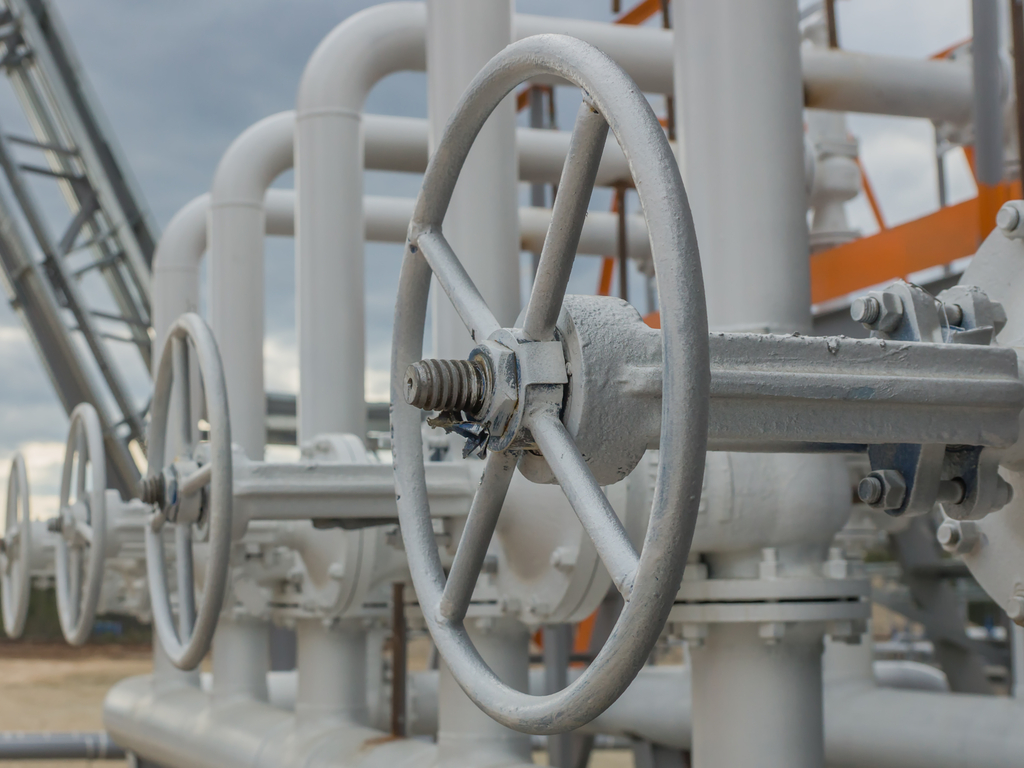Transit of natural gas through the Ukrainian gas transmission system (GTS) in 2017 reached a record level since 2011 – up to 93 billion cubic meters, which is 13% more than in 2016. It’s 93 billion cubic meters – a record figure since the launch of Nord Stream in 2011.
It is also reported that five European companies are already storing their gas in Ukrainian underground gas storage facilities (USF) due to the fact that a “customs warehouse” mode was introduced allowing traders to store natural gas in Ukrainian USFs for more than 1,000 days exempt of taxes and customs duties.
In addition, the number of gas importers has increased to 54. As reported, the transit of natural gas through the Ukrainian GTS in 2016 increased by 23% compared to 2015 – up to 82.2 billion cubic meters.
According to the transit contract between Ukraine and Russia, Gazprom must annually pump via the territory of Ukraine at least 110 billion cubic meters of natural gas.
On October 8, 2012, thirty months after the start of construction, the Nord Stream gas pipeline (bypassing Ukraine) began gas deliveries through its two branches. “Nord Stream” passes through the Baltic Sea from Portovaya Bay (Vyborg district) to the German coast (an area near Greifswald). A 1,224-km long offshore twin pipeline has a total designed capacity of 55 billion cubic meters of gas per year. The Nord Stream project is implemented by Nord Stream AG joint venture. Shares in the company are distributed between Gazprom (51%), Wintershall Holding and E.ON Ruhrgas (15.5% each), and Gasunie and GDF Suez (9% each).




